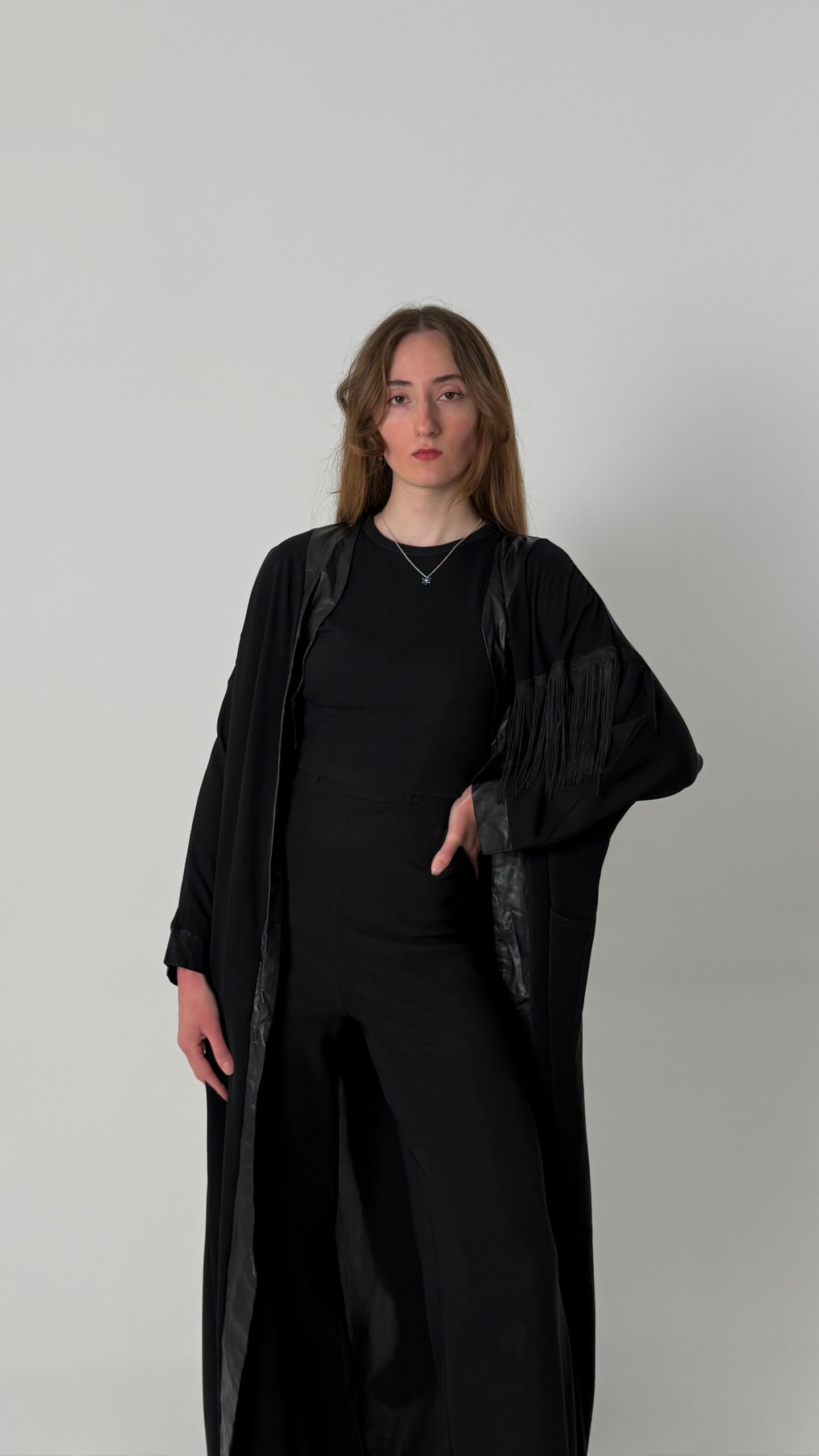Color is one of the most powerful elements in fashion. It communicates without words, evokes emotions, reflects personality, and even influences perception. From the runways of Paris to traditional attire around the world, the use of color in fashion is both artistic and psychological. Designers use color to define collections, set trends, and make statements. For consumers, color choices often reflect mood, identity, and cultural background. This essay explores the significance of color in fashion—from its emotional impact and symbolic meanings to its cultural relevance and trend-setting power.
1. Color as a Form of Emotional Expression
Color has a direct connection to human psychology. It can energize, calm, empower, or soften a look—making it a vital tool in a designer’s palette. In fashion, colors are often chosen not just for aesthetics but for the feelings they evoke.
-
Red symbolizes passion, power, and confidence. It’s often used in bold eveningwear or to create a striking visual presence.
-
Blue conveys calmness, trust, and professionalism, making it popular in workwear and uniforms.
-
Yellow suggests happiness, optimism, and creativity—frequently seen in spring/summer collections.
-
Black, associated with sophistication and mystery, remains a timeless fashion staple, especially in formal wear.
-
White represents purity and elegance, commonly used in bridal and minimalist fashion.
Designers understand these emotional associations and strategically use color to create specific moods within their collections.
2. Cultural Significance of Color in Fashion
Color in fashion carries different meanings across cultures, which makes it both a rich and sensitive design element. What may be a symbol of joy in one country could be associated with mourning in another.
-
In Western cultures, black is typically worn at funerals, while white is the color of weddings.
-
In many Asian cultures, white is associated with mourning, and red is considered a symbol of good fortune and celebration—often worn at weddings.
-
Green, in some Middle Eastern cultures, symbolizes fertility and faith.
-
Gold and purple have long been linked with royalty and luxury in many societies.
Cultural awareness in fashion design is essential, especially as globalization continues to merge aesthetic influences across regions.
3. Color Trends and Seasonal Influence
Fashion trends are heavily influenced by seasonal colors. The industry follows a color calendar, where shades are forecasted by trend agencies such as Pantone each year. Designers then interpret these palettes in their seasonal collections.
-
Spring/Summer collections often feature pastels, bright tones, and floral hues that reflect warmth and energy.
-
Fall/Winter collections lean toward earth tones, deep blues, burgundy, and neutrals that mirror nature and a cozier atmosphere.
Pantone’s Color of the Year significantly influences fashion collections, advertising campaigns, and retail products across the world.
4. Color and Personal Identity
Fashion is a means of self-expression, and color is central to that expression. People often select colors that resonate with their personalities, moods, or even the image they wish to project.
-
A person wearing bold prints and vivid colors may be perceived as outgoing and confident.
-
Those who stick to neutral tones may appear more reserved, classic, or professional.
-
Many individuals also dress according to their cultural identity or gender expression, using color as a symbolic or aesthetic marker.
The rise of gender-neutral fashion is also challenging color norms—blurring the lines of “masculine” or “feminine” colors and promoting freedom in style choices.
5. The Designer’s Perspective: Color as a Storytelling Tool
Designers often use color as a narrative device. Through shades and tones, they create stories within collections—transitioning from soft, pale colors to dark, dramatic hues to reflect a theme, season, or emotional journey.
For example, in haute couture or fashion shows, designers may begin a collection with neutral tones to represent innocence or purity and gradually move to bolder colors to reflect conflict, transformation, or empowerment. This use of color creates visual rhythm and depth, transforming garments into emotional experiences.
Conclusion
Color in fashion is more than decoration—it is language, emotion, and identity woven into fabric. It reflects how we feel, how we connect with our culture, and how we communicate with the world. As fashion continues to evolve, so too does the understanding and application of color. From influencing runway collections to shaping personal wardrobes, color remains one of the most essential and impactful elements of fashion design.

